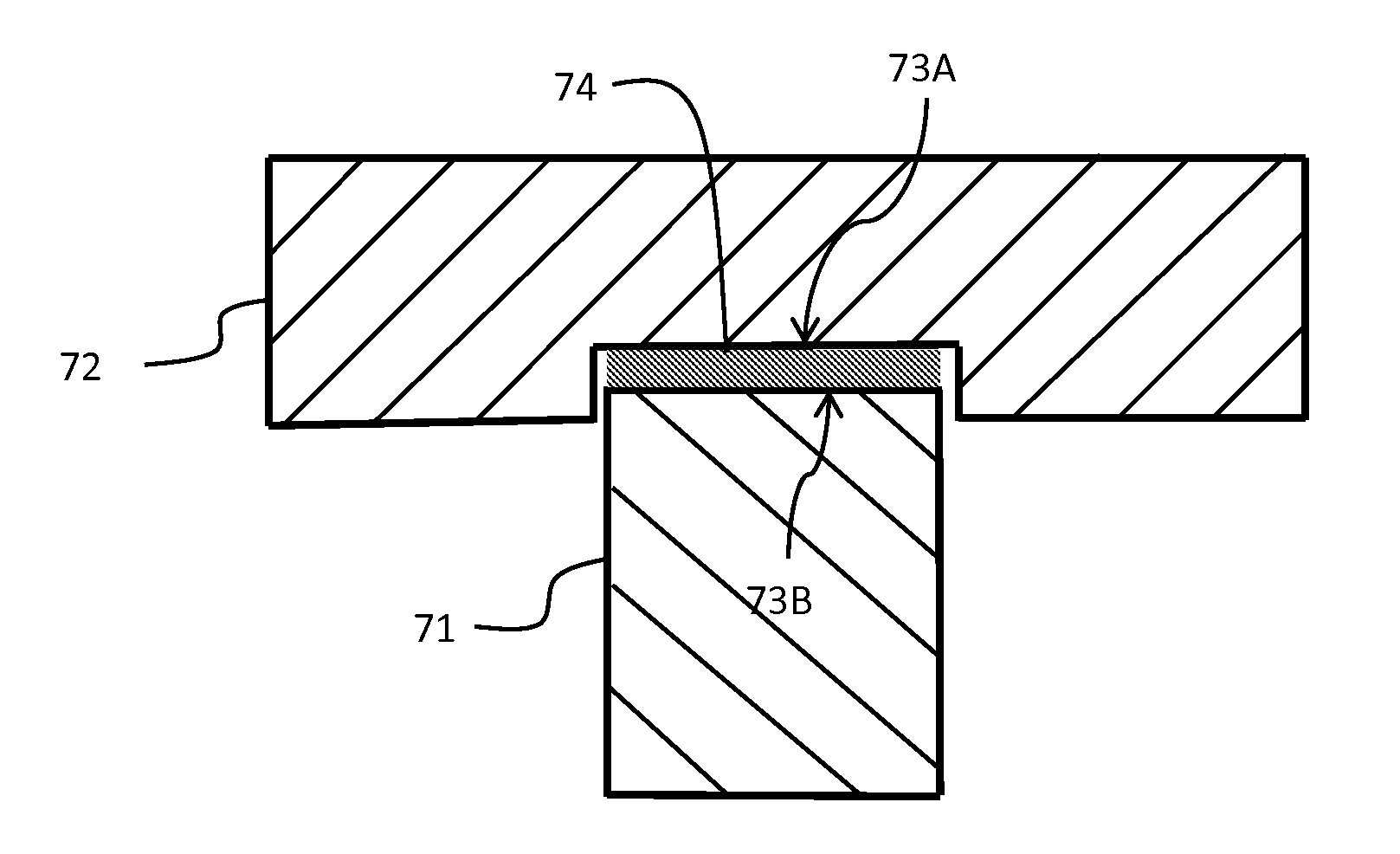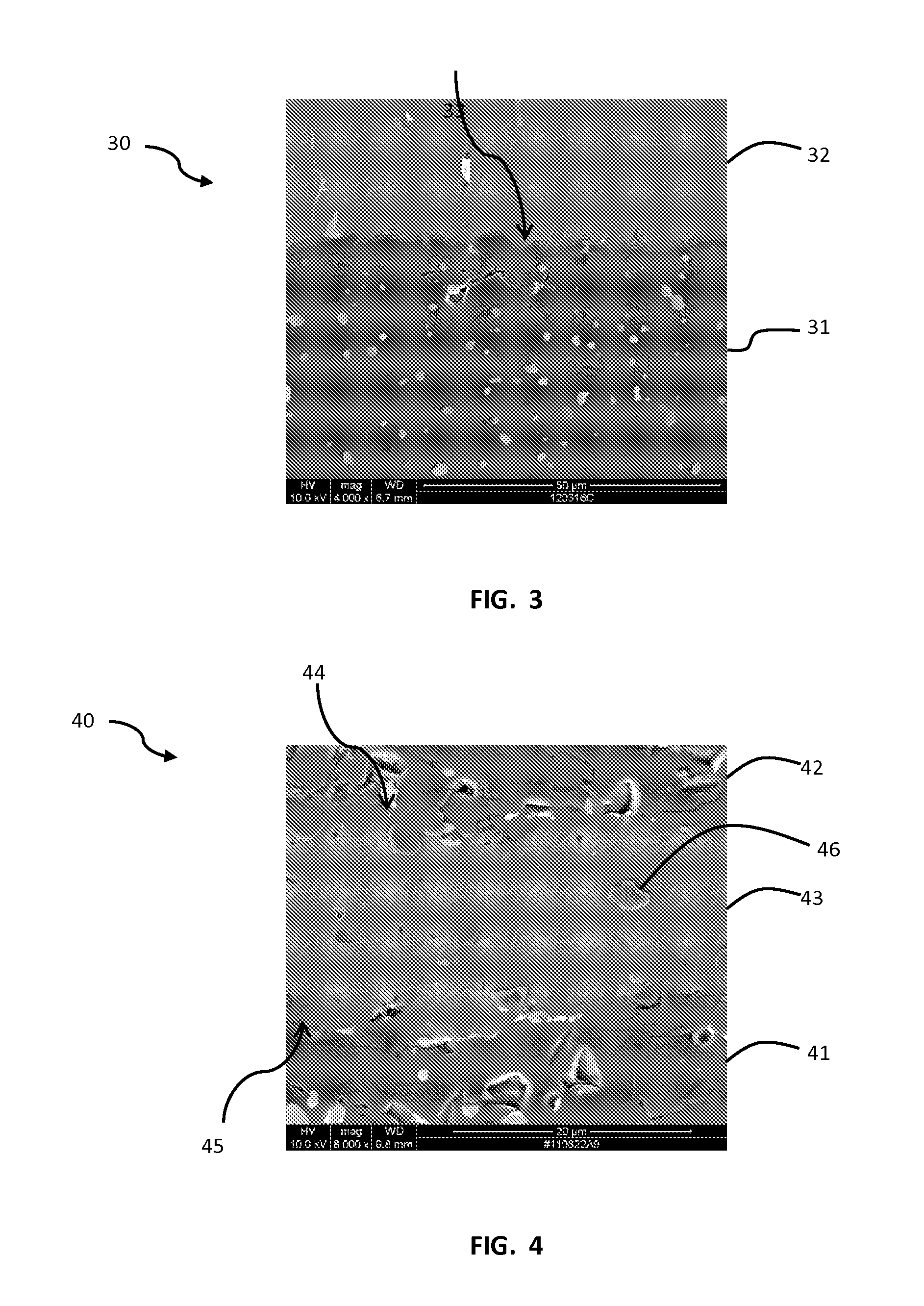Low Temperature Method For Hermetically Joining Non-Diffusing Ceramic Materials
a non-diffusing ceramic and low temperature technology, applied in the direction of metal layered products, metal-working devices, fastening means, etc., can solve the problems of large ceramic pieces that require a large physical space, require very high temperatures and very high contact pressures, and have no repair method available to disassemble large pieces
- Summary
- Abstract
- Description
- Claims
- Application Information
AI Technical Summary
Benefits of technology
Problems solved by technology
Method used
Image
Examples
Embodiment Construction
[0061]Some prior processes for the joining of ceramic materials required specialized ovens, and compression presses within the ovens, in order to join the materials. For example, with liquid phase sintering, two pieces may be joined together under very high temperatures and contact pressures. The high temperature liquid-phase sintering process may see temperatures in the range of 1700 C and contact pressures in the range of 2500 psi.
[0062]Other prior processes may utilize diffusion of a joining layer into the ceramic, and / or of the ceramic into the joining layer. In such processes, a reaction at the joint area may cause changes to the material composition of the ceramic in the area near the joint. This reaction may depend upon oxygen in the atmosphere to promote the diffusion reaction.
[0063]In contrast to the aforementioned diffusion processes, joining methods according to some embodiments of the present invention rely on control of wetting and flow of the joining material relative ...
PUM
| Property | Measurement | Unit |
|---|---|---|
| pressure | aaaaa | aaaaa |
| pressure | aaaaa | aaaaa |
| pressure | aaaaa | aaaaa |
Abstract
Description
Claims
Application Information
 Login to View More
Login to View More - R&D
- Intellectual Property
- Life Sciences
- Materials
- Tech Scout
- Unparalleled Data Quality
- Higher Quality Content
- 60% Fewer Hallucinations
Browse by: Latest US Patents, China's latest patents, Technical Efficacy Thesaurus, Application Domain, Technology Topic, Popular Technical Reports.
© 2025 PatSnap. All rights reserved.Legal|Privacy policy|Modern Slavery Act Transparency Statement|Sitemap|About US| Contact US: help@patsnap.com



